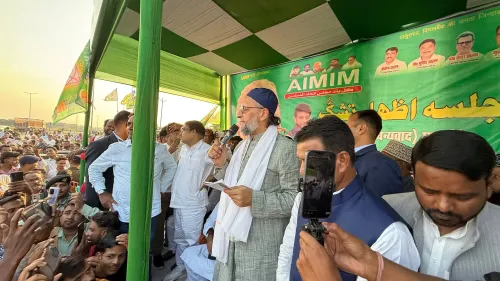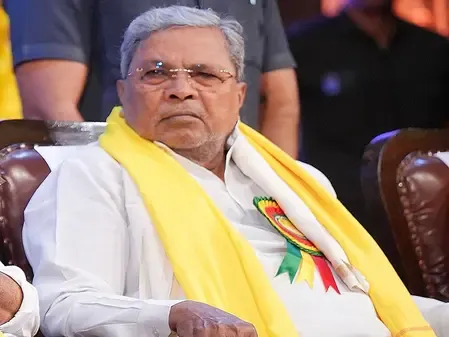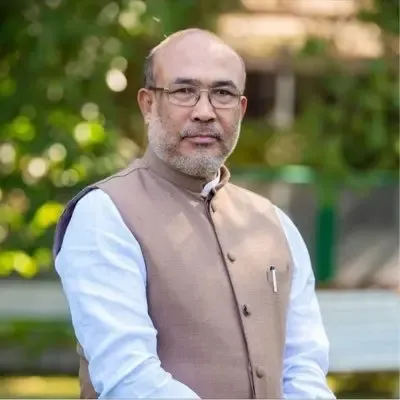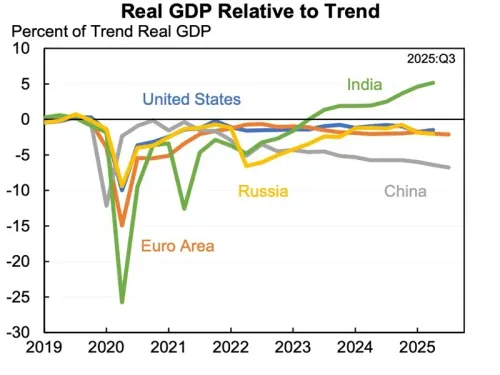Is China Pakistan's Largest Defence Exporter?
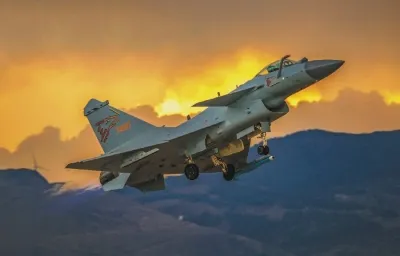
Synopsis
Key Takeaways
- China supplies a majority of Pakistan's military equipment.
- Pakistan increasingly relies on Chinese arms.
- This arms relationship poses a challenge for India.
- China's support extends to nuclear capabilities for Pakistan.
- The regional military balance is shifting.
New Delhi, Aug 10 (NationPress) As the geopolitical landscape experiences significant upheaval with ongoing conflicts in Russia and Ukraine, as well as Israel and Palestine, the situation in the Middle East and Europe is tense. This turbulent period also impacts the South Asian region, potentially leading to serious security implications.
Following Operation Sindoor, defence analysts observed that a substantial portion of the military equipment utilized by Pakistan against India is of Chinese origin.
Recently, the Indian Army's Deputy Chief of Staff, Lt General Rahul R. Singh, emphasized that China is effectively using Pakistan as a proxy to evaluate its military hardware.
“It’s evident that 81 percent of the military equipment Pakistan has acquired in the last five years comes from China. Rather than engaging directly, China prefers to exert influence through its neighbouring countries,” he remarked.
A report by the Stockholm International Peace Research Institute (SIPRI) revealed that “China provided 81 percent of Pakistan’s arms imports during 2020–24, in contrast to 74 percent during 2015–19.”
While India is progressively developing and manufacturing its own weaponry under the initiative of 'Aatmnirbharta', Pakistan's reliance on Chinese armament raises significant concerns for New Delhi.
SIPRI further noted, “China has been the predominant supplier of Pakistan’s major arms imports in all five-year periods since 1990–94, with this share continuously increasing: 81 percent in 2020–24, compared to 74 percent in 2015–19.”
This shift in arms exports could significantly alter the regional balance in South Asia, especially as India engages in a proxy conflict with Pakistan while also addressing issues with China at the Line of Actual Control (LAC).
Despite recent developments in India-China relations, including the revival of the Kailash Mansarovar Yatra and discussions to alleviate tensions at the LAC, reports indicate both nations continue to maintain thousands of troops near the contested region.
The arms relationship between Pakistan and China presents the potential to drastically change the military equilibrium in South Asia. Recent conflicts have served as practical testing grounds for Chinese military equipment, as evidenced during Operation Sindoor.
The collaboration between China and Pakistan extends beyond diplomacy and defence; it also encompasses real-time intelligence sharing. “During DGMO-level discussions, Pakistan received live updates on our significant military movements from China... this is an area where we must act swiftly,” Lt Gen Rahul Singh remarked last month. Various reports have also suggested that China is assisting Pakistan in developing nuclear capabilities, raising substantial concerns about its role in fostering instability in South Asia.
A report from the US Defence Intelligence Agency in May indicated that Pakistan is modernizing its nuclear arsenal with support from China, while perceiving India as a persistent existential threat.
Although both China and Pakistan have dismissed these allegations, the growing alliance between Beijing and Islamabad remains a focal point of concern for policy makers in New Delhi.

